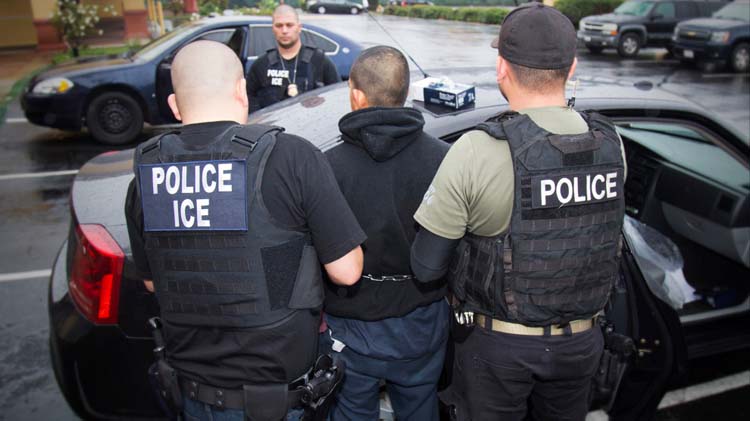
Section 287(g) of the Immigration and Naturalization Act became law as part of the Illegal Immigration Reform and Immigrant Responsibility Act of 1996 (also known as IIRAIRA).
It allows state and local police officers to collaborate with the federal government to enforce federal immigration laws. According to the Council, in the past the program was costly and diverted state and local officers away from serious criminals.
There is a memorandum of agreement that is negotiated between immigration enforcement and state and local police and it allows those state and local police offers who have received the limited and often inadequate training to do the following:
- Interview individuals to determine their immigration status’
- Check Department of Homeland Security’s databases;
- Issue immigration detainers to hold an individual until Immigration and Customs Enforcement (ICE) can take over custody;
- Enter data into the ICE database;
- Issue a Notice to Appear (NTA), which is like a complaint or indictment that lists the charges against an individual;
- Make recommendations for voluntary departure during removal proceedings;
- Make recommendations for detention or for an immigration bond.
This is a lot of power. Problems with the program developed. The Migration Policy Institute found that while some jurisdictions used the program properly to locate serious criminal offenders, others applied a more universal model in which many people were arrested and placed into removal for misdemeanors and minor traffic offenses.
For those of us who lived in the Greater Phoenix area, we remember Maricopa Sheriff Joe Arpaio’s constitutional violations of racial profiling, where he conducted “sweeps” into Latino neighborhoods, and where Latino drivers were nine times more likely to be stopped than non-Latino drivers.
These types of abuses were also found in other locations.
Image Credit: Mother Jones




